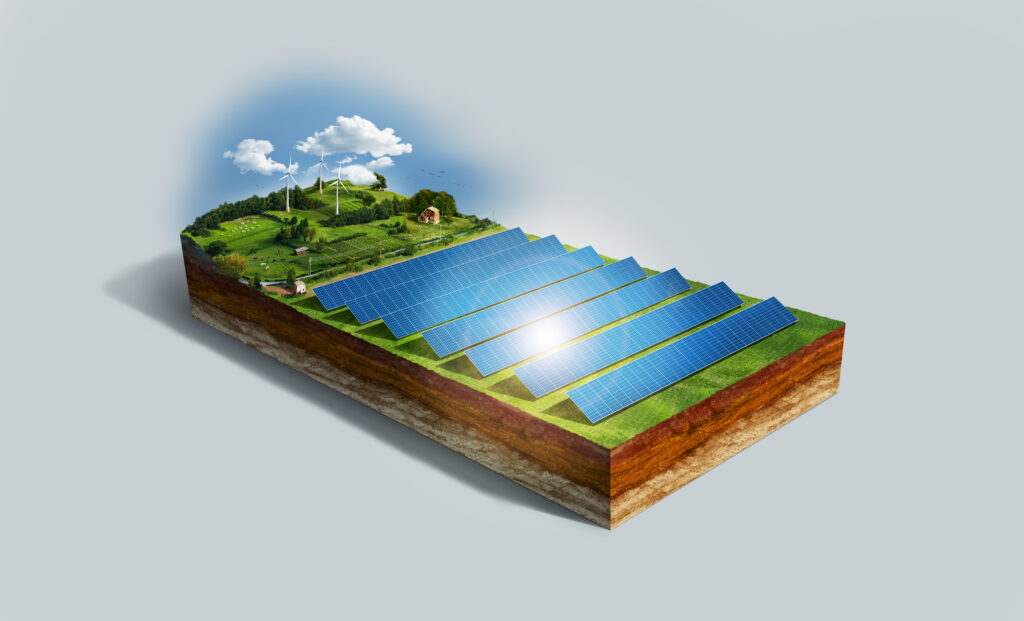Predicted: Solar Installations to Expand to 700 GW by 2025
Rising Demand for Renewable Energy Drives Predicted Surge in Solar Installations to 700 GW by 2025 World continues to move towards sustainable and clean energy. Solar power is expected to become a significant player in the energy industry. According to industry experts, the solar installation market is expected to grow rapidly, reaching 700 GW by […]

Rising Demand for Renewable Energy Drives Predicted Surge in Solar Installations to 700 GW by 2025
World continues to move towards sustainable and clean energy.
Solar power is expected to become a significant player in the energy industry.
According to industry experts, the solar installation market is expected to grow rapidly, reaching 700 GW by 2025 due to the increasing demand for renewable energy sources.

One of the key drivers of the predicted surge in solar installations is the increasing demand for renewable energy sources.
Climate change is a significant concern globally, and people are becoming more aware of the importance of adopting sustainable energy sources.
Governments across the world are also implementing policies that support the transition to renewable energy sources, which is driving the growth of the solar installation market.
Factors driving the growth of the solar installation market is the declining costs of solar panels.
Over the years, the cost of solar panels has decreased significantly, making solar energy more affordable for households and businesses.
This has resulted in increased adoption of solar energy, and it is expected to continue to drive the growth of the solar installation market.
Furthermore, advancements in technology are also playing a significant role in the growth of the solar installation market.
The solar industry is continually innovating and developing new technologies to make solar energy more efficient and cost-effective.

This has resulted in improved solar panel efficiency, reduced installation costs, and increased reliability, making solar energy more accessible for everyone.
The predicted surge in solar installations is not limited to specific regions. Solar energy is becoming increasingly popular worldwide, and many countries are investing in solar powe
According to the International Energy Agency (IEA), the Asia-Pacific region is expected to lead the way in solar energy adoption, with China, India, and Southeast Asian countries accounting for almost two-thirds of global solar PV capacity by 2030.
In addition, Europe and the United States are also expected to see significant growth in solar installations in the coming years.
The growth of the solar installation market presents several benefits. First, solar energy is a clean source of energy, meaning it does not emit harmful pollutants or greenhouse gases that contribute to climate change.
By adopting solar energy, we can significantly reduce our carbon footprint and contribute to a more sustainable future.
Secondly, solar energy can help households and businesses save on energy costs.
With the declining costs of solar panels, solar energy has become more affordable, and it is an excellent investment for those looking to reduce their energy bills.
The growth of the solar installation market presents significant economic opportunities. The solar industry is a fast-growing sector, and it is expected to create many job opportunities worldwide.
In addition, investing in solar energy can help countries reduce their dependence on fossil fuels, which are becoming increasingly expensive and limited in availability.
The predicted surge in solar installations is a positive development for the energy industry and the environment.
With the increasing demand for renewable energy sources, declining costs of solar panels, advancements in technology, and government policies supporting the transition to sustainable energy, the solar installation market is expected to grow rapidly, reaching 700 GW by 2025.
This growth presents significant economic, environmental, and social benefits and is a step towards a more sustainable future.


